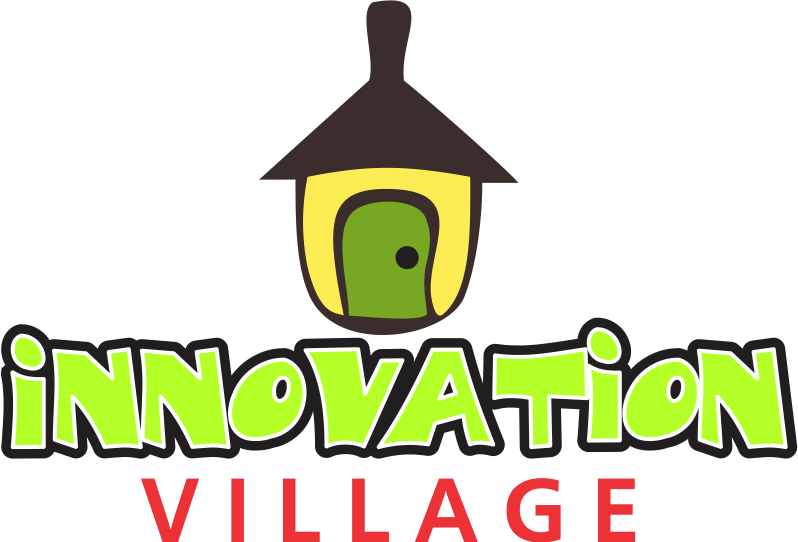Artificial intelligence is no longer a futuristic idea reserved for scientists in laboratories or characters in science fiction movies. Today, AI is everywhere, shaping the way people live, work, and interact with technology. Businesses rely on it to automate tasks, analyze large amounts of data, and provide customer support. Individuals also use it to simplify daily routines, from voice assistants that answer questions to apps that suggest movies or generate content.
Despite this, many people still find the idea of training an AI model daunting and complicated. In reality, even beginners can dive into the exciting world of AI development and start building their own models with the right knowledge, resources, and a step-by-step approach. Learning how to train your own AI model may feel overwhelming at first, but it becomes much more manageable when broken down into clear stages.
Understanding What an AI Model Is
The first step is to understand what an Al model actually is. Simply put, an artificial intelligence model is a program that analyzes data, identifies patterns, and uses those patterns to make predictions or decisions. For instance, when you upload images to an app that can tell whether a picture shows a dog or a cat, you are using a trained model. This concept is important because it shows that AI models are not magical or mysterious—they are systems that depend heavily on logic, data, and structured learning. With this foundation, the idea of training your own AI model becomes much easier to grasp.
Collecting and Preparing Data
Data is the backbone of all AI models, and this is where the real work begins. No matter how advanced your tools are, a model will not perform well if the data is incomplete, inconsistent, or poorly organized. That’s why collecting the right dataset is one of the first essential steps. The type of data you need depends on your project. For example, if you want to develop a system that predicts housing prices, you’ll need information about house sizes, locations, and sale prices. After collecting the data, the next step is cleaning and preparing it. This involves correcting errors, filling in missing details, and arranging the data in a clear, consistent format. Clean and well-prepared data allows the AI model to learn more accurately and avoid common mistakes during training.
Choosing the Right Tools
Once your data is ready, selecting the right tools becomes crucial. Thankfully, beginners now have access to powerful yet user-friendly tools that were once available only to experts. Frameworks such as TensorFlow, PyTorch, and Scikit-learn provide pre-built functions that make model creation and training much easier. Free platforms like Google Colab and Kaggle also offer cloud-based computing power, which saves learners from the cost of buying expensive hardware. Choosing the right tools not only makes the training process smoother but also helps reduce frustration for those just starting out.
Training the Model
Training the model is often the most exciting step. This involves feeding your prepared data into the model so that it can recognize patterns. Typically, the dataset is divided into two parts: one for training and one for testing. The training set helps the model learn, while the testing set evaluates how well it can apply its knowledge to new, unseen data. This process is rarely perfect on the first attempt. By adjusting parameters such as the learning rate or the number of training cycles, the model gradually improves. Since training involves experimentation and trial and error, patience is essential.
Evaluating and Improving
Once the model has been trained, it needs to be evaluated. A good model should not only remember the training data but also make accurate predictions on new information. If the results are unsatisfactory, there are several ways to improve performance. Adding more data, fine-tuning the parameters, or experimenting with different algorithms can all lead to better results. Continuous testing and refinement are key to making AI models dependable and practical for real-world use.
Deploying the Model
When the model performs well, the final step is deployment. Deployment means making the model accessible for real-world applications, whether through a mobile app, a website, or a business tool. At this stage, the time and effort invested in collecting data, cleaning it, training the model, and improving it begin to pay off in ways that directly benefit users.


